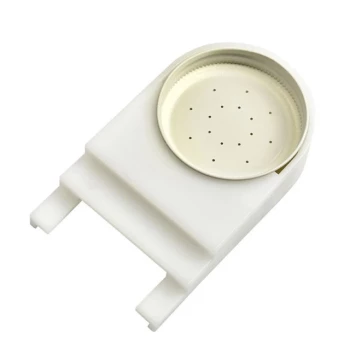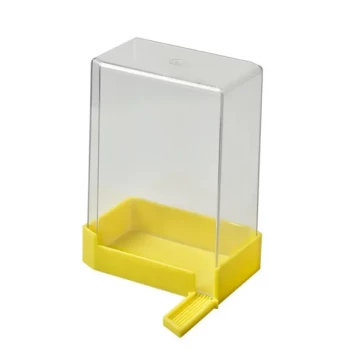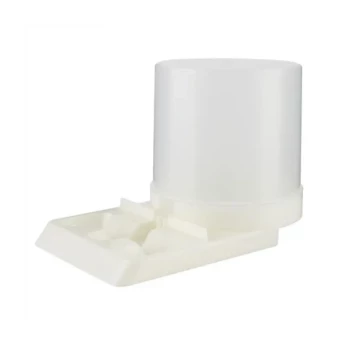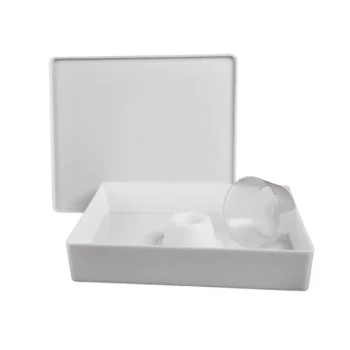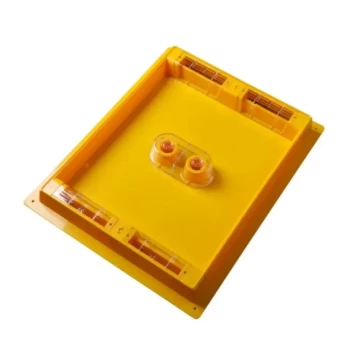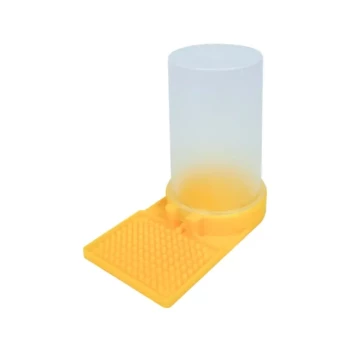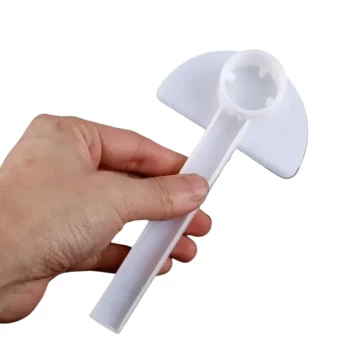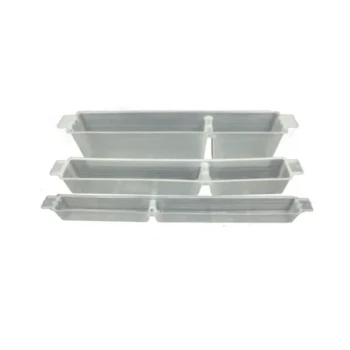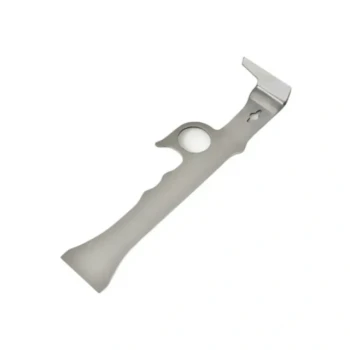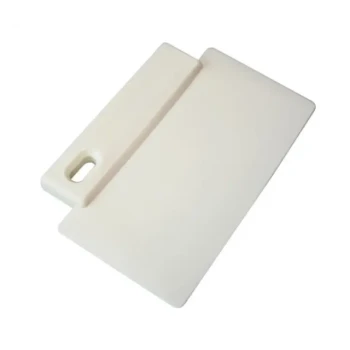On July 7, a series of management actions were taken in response to a tapering nectar flow. Beekeepers fed all colonies ½ gallon of 1:1 sucrose syrup, scraped out improperly built honeycomb from the rims, added a deep of foundation for the bees to build on, and performed a spot check that confirmed adequate beebread (pollen) stores for the time being. They also noted that some colonies would need more protein substitute patties the following day.
These actions represent a critical transition point in hive management. The beekeeper is shifting from relying on natural resources to providing supplemental support, aiming to stimulate colony growth and manage hive space proactively as the season progresses.
Assessing the End of the Nectar Flow
The primary trigger for the actions on July 7 was the observation that the nectar flow was tapering off. This change from abundance to scarcity requires a direct and immediate response from the beekeeper.
The Response: Supplemental Feeding
To counteract the dwindling natural nectar, all colonies were fed ½ gallon of 1:1 sucrose syrup.
This ratio of sugar to water is specifically used to simulate a natural nectar flow. It encourages the queen to continue laying eggs and stimulates the bees to draw out wax comb on new foundation.
The Goal: Sustaining Colony Growth
The purpose of this feeding wasn't just to provide food, but to maintain the colony's growth momentum. Without this stimulus, a colony might naturally reduce brood rearing in response to the perceived resource shortage.
Managing Hive Space and Resources
A lack of available space can quickly limit a colony's potential. The beekeeper had to address a space management issue that arose from rapid growth.
The Problem: A Lack of Equipment
Due to a "lack of equipment," the bees had run out of proper frames to build on. This forced them to build honeycomb in the hive rims and other undesirable locations.
The Solution: Scrape and Replace
The immediate fix was to scrape out the misplaced comb. This is necessary but inefficient, as it wastes the bees' energy and resources.
To provide a long-term solution, a deep of foundation was added. This gives the colony the correct, structured space to build out comb for brood, pollen, and nectar storage, directing their efforts productively.
Monitoring Colony Nutrition
A healthy colony requires a balanced diet of both carbohydrates (nectar/syrup) and protein (pollen). The beekeeper performed crucial checks on the hive's nutritional status.
Checking Protein Reserves (Beebread)
A spot check for beebread (stored pollen) was performed. It revealed an "adequate ring around the broodnests with at least four colors of pollen."
This finding was significant. Multiple colors of pollen indicate that the bees were foraging from diverse sources, which provides a more complete nutritional profile essential for raising healthy young bees.
Planning for Protein Supplementation
It was noted that some colonies had finished their substitute protein patties. The plan to feed more the next day shows a proactive approach to ensuring the colony does not suffer a protein deficit, which would halt brood production. This foresight proved critical, as beebread levels were found to be very low two weeks later on July 21.
Understanding the Management Trade-offs
The decisions made on July 7 were guided by established beekeeping principles and an awareness of potential risks.
The Importance of Timing
Feeding sugar syrup is highly dependent on the weather. As noted, syrup should only be fed when it is warm enough for bees to fly regularly and take cleansing flights. Feeding during cold weather can lead to dysentery and stress the colony. The July 7 feeding was appropriate for the season.
The Purpose of 1:1 Syrup
The choice of 1:1 syrup is intentional. This thinner mixture stimulates activity and comb building. A thicker mixture, such as 2:1 sugar to water, is typically used in the fall to help bees build up heavy stores for winter survival, not for stimulation.
Applying This to Your Hive Management
These observations provide a clear model for managing a hive as a major nectar flow ends.
- If your primary focus is stimulating growth: Provide 1:1 syrup and ensure there is adequate foundation or drawn comb for the bees to expand into.
- If your primary focus is assessing colony health: Regularly check both carbohydrate stores (honey/syrup) and protein reserves (beebread), looking for quantity and diversity.
- If your primary focus is managing hive space: Add new frames of foundation before the bees run out of room and begin building comb in undesirable places.
Proactive observation and timely intervention are the foundation of successful beekeeping.
Summary Table:
| Action Taken | Purpose / Goal |
|---|---|
| Fed ½ gallon of 1:1 sucrose syrup | Simulate nectar flow to stimulate brood rearing and wax building. |
| Scraped out misplaced honeycomb | Correct inefficient space use and redirect bee energy. |
| Added a deep box of foundation | Provide proper space for colony expansion and comb building. |
| Checked for beebread (pollen) | Confirm adequate and diverse protein reserves for brood health. |
| Planned protein patty supplementation | Proactively prevent a protein deficit that could halt brood production. |
Equip Your Apiary for Success with HONESTBEE
Just like the meticulous management described, success in beekeeping relies on having the right equipment and supplies at the right time. Whether you're a commercial apiary scaling up or a distributor supplying the market, timely access to quality gear is non-negotiable.
Let HONESTBEE be your reliable wholesale partner. We supply the essential beekeeping supplies and equipment—from feeders and foundation to protective gear—that enable proactive hive management and sustainable growth.
Ensure your operations are always equipped for the season's demands. Contact our team today to discuss your wholesale needs and keep your colonies thriving.
Related Products
- HONESTBEE Round Hive Top Bee Feeder for Syrup
- Rapid Bee Feeder White Plastic 2L Round Top Feeder for 8 or 10-Frame Bee Hives
- Classic Boardman Entrance Bee Feeder Hive Front Feeding Solution
- Professional Hive Front Entrance Bee Feeder
- Boardman Entrance Bee Feeder Durable Galvanized Steel and Wood Construction for Beekeeping
People Also Ask
- How do hive top feeders work? A Guide to Efficient, High-Capacity Bee Feeding
- What types of hive boxes is the round hive top feeder compatible with? Universal Fit for 8 & 10-Frame Langstroth Hives
- What are the recommended sugar syrup ratios for feeding bees in spring and fall? Optimize Hive Health & Productivity
- What are the features of top feeders? Maximize Apiary Efficiency & Bee Safety
- What are the features of top feeders for bees? Maximize Hive Health with Safe, High-Capacity Feeding


